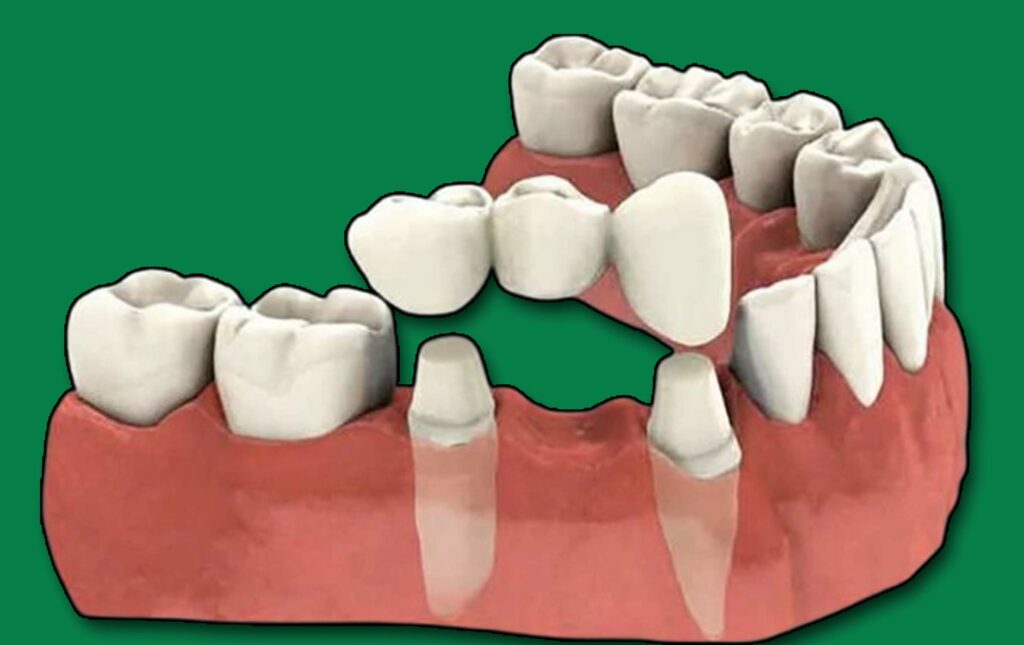Does Dental Insurance Cover Sealants? Dental sealants are one of the most effective and non-invasive preventive treatments available. By painting a thin, protective coating onto the chewing surfaces of the back teeth (molars), they act as a shield against food particles and bacteria, dramatically lowering the risk of cavities. Given their immense value in preventing future, more expensive dental work, the question for most families is: Does insurance cover dental sealants?

The answer is yes, but it comes with specific rules and restrictions, primarily based on the age of the patient. Understanding these common policy limitations is key to utilizing this essential preventive benefit.
Sealants are a Preventive Powerhouse
Dental insurance companies are highly motivated to cover preventive care because it saves them money in the long run. Since sealants can prevent up to 80% of cavities in molars, they fall squarely into this cost-saving category. However, because the risk of decay is highest when teeth first erupt, most insurers limit who can receive this benefit.
The Age Restriction: The Biggest Factor in Coverage
The single most important factor determining coverage is the patient’s age. Insurers view sealants as a benefit for developing teeth, not established adult teeth.
- Coverage for Children and Adolescents (Most Common): The vast majority of dental insurance plans fully. Or partially cover sealants for patients under a specific age threshold. This limit is typically 14, 16, or 18 years old. If your child falls within this age range, there is a very high likelihood that the policy will cover the cost, often at 100% (after any deductible).
- Coverage for Adults (Rare): If you are an adult, most standard dental insurance policies will not cover sealants. Insurers assume that if an adult tooth hasn’t been sealed already. Or hasn’t developed decay, the need for a preventive sealant is lower than in a high-risk child. Adults who are highly prone to decay (perhaps due to certain medications or conditions) may need to pay the moderate fee out-of-pocket.
Common Policy Limitations You Must Check
Even when the patient is within the correct age bracket, dental plans impose other limitations:
1. Covered Teeth and Condition
Policies are very specific about which teeth are eligible for sealant coverage:
- Permanent Molars: Coverage is almost always restricted to the permanent first and second molars—the teeth that do most of the heavy chewing. You may not get coverage for primary (baby) teeth or premolars.
- Sound Teeth Only: Sealants are a preventive measure. If the tooth already has a filling, restoration, or decay, the claim will likely be denied, as the tooth is no longer considered a candidate for simple prevention.
2. Frequency Limits
Sealants are durable but can wear down over time. Insurance companies limit how often they will pay to replace or repair a sealant on the same tooth. This limit usually ranges from once every two to five years. Your dentist will monitor the sealant’s condition during regular check-ups.
The Critical Step: Verify Before Treatment
Never assume that coverage is guaranteed. The cost of a sealant is modest compared to a filling, but paying for a full set of sealants unexpectedly can add up.
Before any sealant procedure, always take these two steps:
- Review Your Plan Summary: Look specifically at the “Preventive Services” or “Basic Services” section of your dental plan. Note the listed age limit and the percentage of coverage.
- Ask the Dentist to Call: Have your dentist’s office submit the specific procedure code (D-code for sealants) to the insurance company to obtain a benefit estimate. This will give you a nearly exact idea of your out-of-pocket cost, taking into account your specific deductible and remaining annual maximum.
Conclusion
Dental sealants offer incredible value by preventing cavities and avoiding future expenses, pain, and extensive dental work. For parents, sealant coverage is a standard and valuable benefit that should be utilized as soon as their children’s permanent molars erupt.
While the rules are strict—focused almost entirely on young patients and specific back teeth—a simple phone call to your insurance provider is all it takes to confirm your benefits and seal the deal on long-term dental health.



